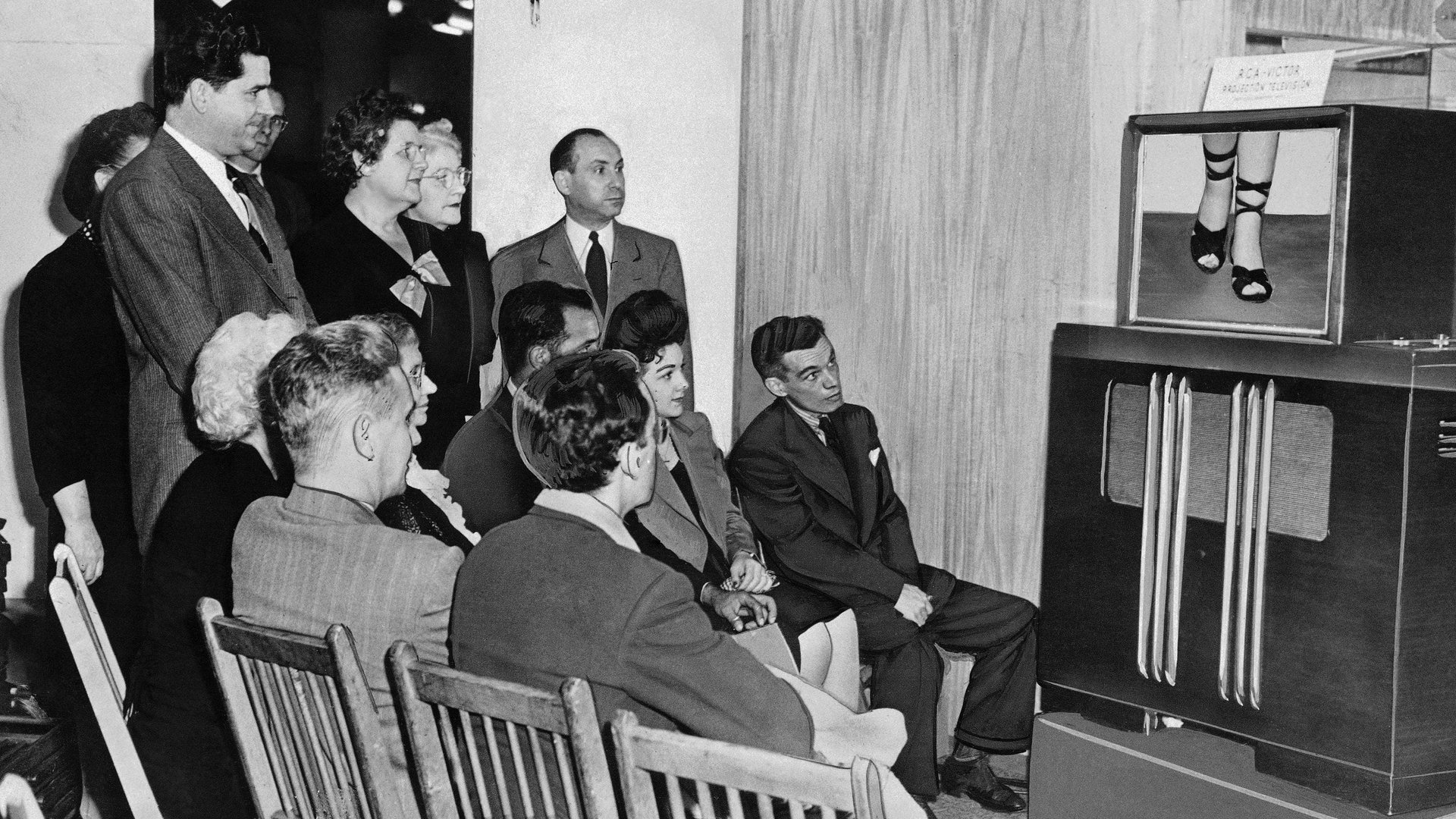Six reasons your workplace’s sexual-harassment training will fail
In the months since sexual harassment in the workplace exploded into the public consciousness, a growing range of organizations—from Fortune 500 companies to the US Senate and the United Nations—are reconsidering their policies and procedures. Often, that means taking a new look at the training they provide employees, which may not have been updated in years or even decades.


In the months since sexual harassment in the workplace exploded into the public consciousness, a growing range of organizations—from Fortune 500 companies to the US Senate and the United Nations—are reconsidering their policies and procedures. Often, that means taking a new look at the training they provide employees, which may not have been updated in years or even decades.
In many cases, the training is sure to fail, says Patti Perez, an employment lawyer and vice president at Emtrain, which designs online training content. In a June 19 talk at the annual conference of the Society of Human Resources Management, Perez laid out six reasons corporate training doesn’t work:
A tick-the-box mentality
Employees can tell if an employer’s motivation for providing the training is to satisfy lawyers or insurers. If workers feel like they’re being subjected to training for cynical purposes, they’ll tune out—or worse, resent the company for it, Perez says.
Focusing only on prohibited areas
It’s important to talk about positive behavior in the workplace. Good training discusses what interactions between employees are healthy and permitted. “Promising only a harassment-free workplace is a like a restaurant promising you won’t get food poisoning,” she says.
An overly legalistic approach
Too much training draws the line between what is legal and illegal, without acknowledging there’s a lot of behavior that, while not against the law, is inappropriate. Employees should understand that rude or demeaning comments in the workplace are wrong, even if they’re not severe or made persistently, which in the US is the legal standard for harassment according to the Equal Employment Opportunity Commission.
Cheesy scenarios
Nothing will ensure the disregard of employee more than training videos or skits that present only the most obvious situations, or have no relevance to that particular workplace. Training content needs to be set in the right context—videos about office workers make no sense for warehouse employees—and it needs to reflect the nuanced situations that are most likely to result in uncertain responses. Dated or clumsy sets and scripts are more likely to be a distraction.
Scare tactics
Just scaring workers with threats of the consequences won’t work because it doesn’t teach them anything, Perez says. The best training starts with its goal—ie., enlightened employees—and works backward from there.
Blaming people
If the training causes division or results in groups of employees feeling blamed, it may create a backlash of resentment, Perez says. Smart training doesn’t flinch from the fact that most harassers are men, but does so without making all men feel defensive.
Ultimately, the best training fits into a larger conversation about corporate culture, and what sort of workplace the organization aspires to be. Training that seems forced or is out of step with the larger mission of the employer is unlikely to be taken seriously.